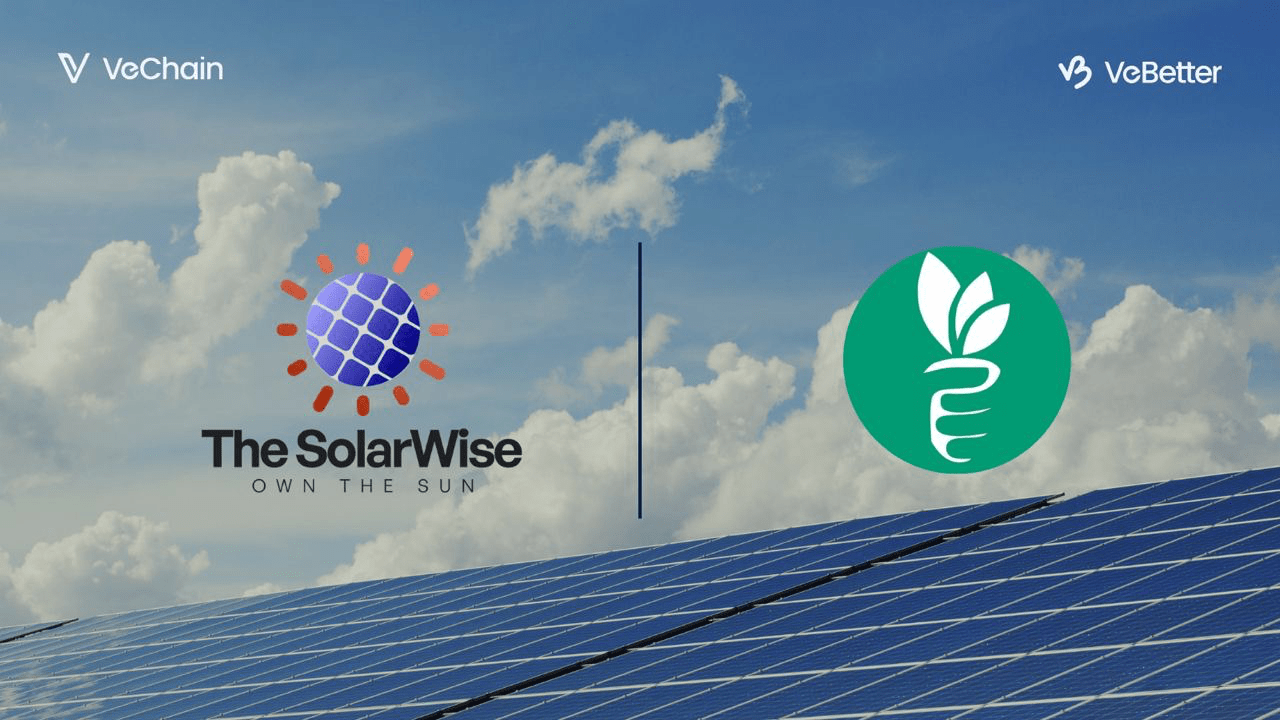Solar Energy
Learn how solar energy works, its benefits, technologies, and adoption strategies empowering individuals to make informed, sustainable choices for their homes and the planet.

Overcoming Challenges in Solar Adoption
Solar energy is a powerful and sustainable solution, but its adoption comes with challenges. In this lesson, we’ll explore the main barriers that prevent wider solar implementation and the strategies to overcome them.
1. High Upfront Costs
One of the biggest challenges of going solar is the initial investment required for purchasing and installing a solar system. While prices have dropped significantly in recent years, the cost can still be a barrier for many homeowners and businesses.
Solutions:
- Government Incentives & Tax Credits – Many countries offer financial incentives to reduce the cost of solar installations. These include tax credits, rebates, and grants.
- Solar Financing Options – Loans, leases, and power purchase agreements (PPAs) allow users to install solar panels with little or no upfront cost.
- Community Solar Programs – Individuals who cannot install panels on their property can participate in shared solar projects, e.g., SolarWise
2. Intermittency & Energy Storage Limitations
Solar energy generation depends on sunlight, meaning power production drops at night or during cloudy weather. Without proper energy storage, this can limit the reliability of solar power.
Solutions:
- Solar Battery Storage – Batteries store excess solar energy for use at night or during outages. Advances in lithium-ion technology have made batteries more efficient and affordable.
- Hybrid Systems – Combining solar with other renewable sources (such as wind or hydro) ensures a more consistent energy supply.
- Grid Connection & Net Metering – Many regions allow solar users to send excess power to the grid in exchange for energy credits, which can be used when solar production is low.
3. Space and Installation Limitations
Not every home or business has the ideal roof space or land to install a solar system. Some properties have shading from trees or buildings that reduce solar panel efficiency.
Solutions:
- High-Efficiency Solar Panels – Modern monocrystalline panels generate more electricity in smaller spaces, making them ideal for limited areas.
- Community & Shared Solar – Instead of installing panels on-site, users can invest or participate in larger solar farms initiatives and receive the benefits, e.g., SolarWise
- Innovative Installations – Solar panels can be integrated into walls, carports, or even solar windows to maximize space.
4. Technical & Grid Integration Challenges
Integrating large amounts of solar power into the electrical grid requires infrastructure upgrades and new energy management solutions. Some regions face limitations in handling fluctuating solar energy input.
Solutions:
- Smart Grid Technologies – Advanced grid management systems can handle fluctuations and balance energy supply more efficiently.
- Microgrids & Decentralized Energy – Small, independent power grids allow communities to generate and manage their own solar energy.
- Policy Support & Investment – Governments and utilities are investing in grid upgrades to accommodate more renewable energy sources.
5. Lack of Awareness & Misinformation
Many people are still unaware of the benefits of solar energy or hold misconceptions about its effectiveness and cost. Some believe solar panels only work in hot climates or that they are too expensive to maintain.
Solutions:
- Educational Campaigns – Governments, organizations, and solar companies can provide accurate information about solar energy benefits and advancements.
- Demonstration Projects – Real-world examples of successful solar installations help showcase the viability of solar energy.
- Solar-Friendly Policies – Policies that make solar adoption easier, such as streamlined permitting and interconnection processes, encourage more people to go solar.
Conclusion
While challenges exist, solar energy adoption continues to grow thanks to new technologies, supportive policies, and innovative financing options. Overcoming these barriers will ensure that more people and businesses can benefit from clean, renewable energy.